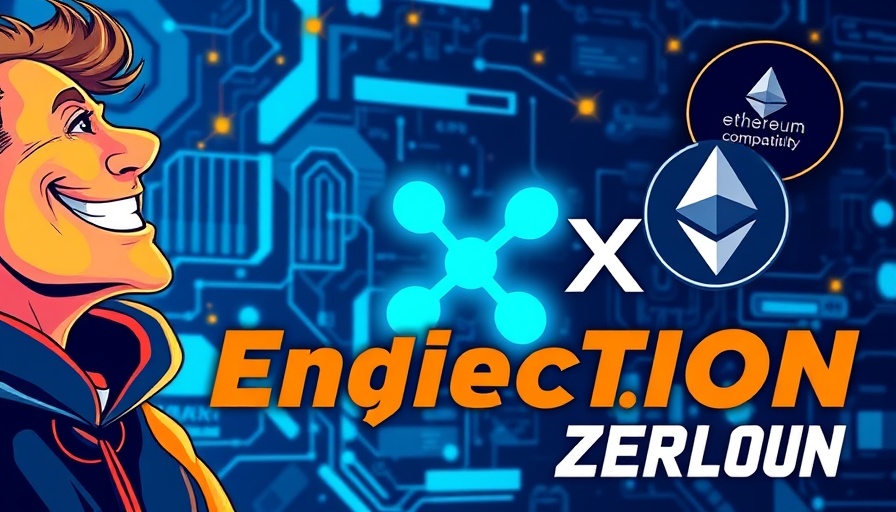
Understanding the Bitcoin Accumulation Strategy
Recent developments reveal a growing interest among cryptocurrencies like Cardano (ADA) and Polkadot (DOT) in accumulating Bitcoin (BTC) reserves. This move is stirring speculation on whether ADA and DOT could mirror the explosive growth seen in publicly traded companies that have integrated Bitcoin into their business models. The performance of these Bitcoin treasury firms hints at a potentially lucrative strategy, accentuated by the historical annualized return of Bitcoin, estimated at around 50% over the last decade.
In 'Cardano & Polkadot's Bitcoin Strategy: ADA & DOT To Pump?!', the discussion dives into the evolving strategies surrounding Bitcoin accumulation within altcoin ecosystems, sparking deeper analysis on our end.
The Compelling Case for Bitcoin Treasuries
Bitcoin treasury companies have seen their stock prices soar as investors anticipate future growth attached to these Bitcoin reserves. This phenomenon raises a salient question: Why buy into treasury companies when investors can purchase BTC directly? The answer lies in the income generation capacity of these companies. By leveraging cash flow, they are able to fund Bitcoin acquisitions while simultaneously managing market perception and price expectations.
Can ADA and DOT Emulate This Success?
Both Cardano and Polkadot find themselves at a crossroads, aiming to establish their own Bitcoin treasury strategies. Cardano’s founder, Charles Hoskinson, has articulated plans to create a decentralized sovereign wealth fund that will include BTC purchases as part of its broader strategy aimed at enhancing the Cardano DeFi ecosystem. On the other hand, Polkadot is evaluating a strategic reserve of Bitcoin to counteract losses due to DOT’s diminishing value against BTC.
The Challenges of Implementing Bitcoin Treasuries
However, significant challenges loom large. Both ADA and DOT would likely have to liquidate portions of their own tokens to fund BTC purchases, which introduces potential selling pressure and market volatility. Despite these concerns, there may be mechanisms at play that afford them greater flexibility compared to traditional publicly traded companies. For instance, utilizing ADA as collateral within decentralized finance (DeFi) could facilitate BTC purchases without necessitating major token sales.
Market Implications and Future Predictions
The implications of a Bitcoin treasury strategy for Cardano and Polkadot could be far-reaching. If executed effectively, these strategies could stabilize the prices of ADA and DOT during market downturns by providing vital liquidity and supporting ongoing development within their ecosystems. The success of these endeavors hinges on community sentiment and the operational strategies adopted, particularly concerning the timing and size of asset liquidations.
The Road Ahead for Bitcoin in Altcoin Ecosystems
What emerges is a landscape marked by a unique divergence in strategy. While Bitcoin treasury companies appear focused on fortifying their stock price through BTC reserves, cryptocurrencies like ADA and DOT are exploring Bitcoin as a tool for ecosystem enhancement rather than a direct wealth accumulator. This difference could shape the narrative around altcoins in the years ahead.
In sum, Cardano and Polkadot's ambition to incorporate Bitcoin into their treasuries illustrates a thoughtful adaptation to the prevailing market winds. While the challenges are not insignificant, the benefits—if realized effectively—could foster resilience and prosperity in these altcoins' ecosystems.
Join the Crypto Education Movement
At Coin Bureau, we strive to provide in-depth analyses and insights into the rapidly evolving cryptocurrency landscape. Whether you're an investor, educator, or enthusiast, staying informed is crucial. Engage with our expert content and join the conversation to explore more cryptocurrency education topics, market analysis, and trading strategies!
 Add Row
Add Row  Add
Add 




 Add Row
Add Row  Add
Add
Write A Comment